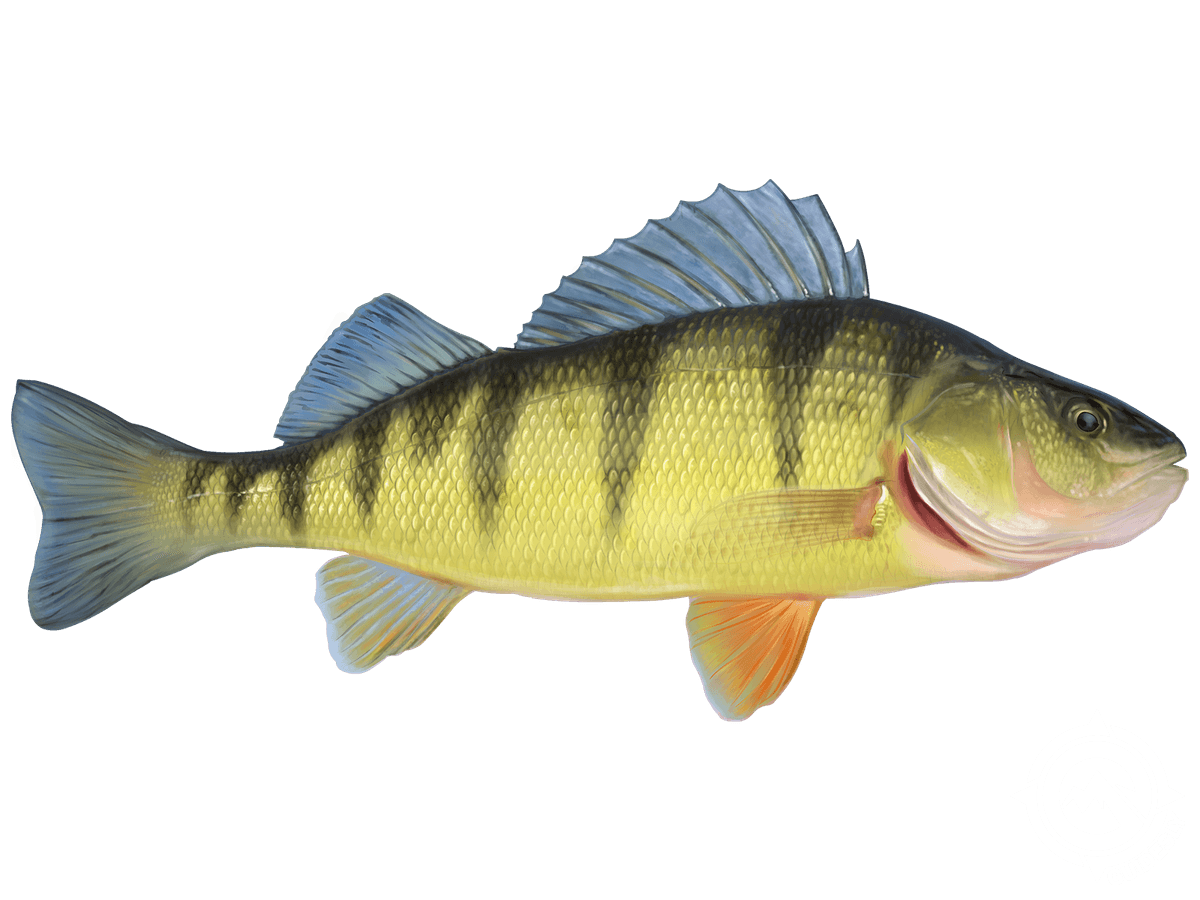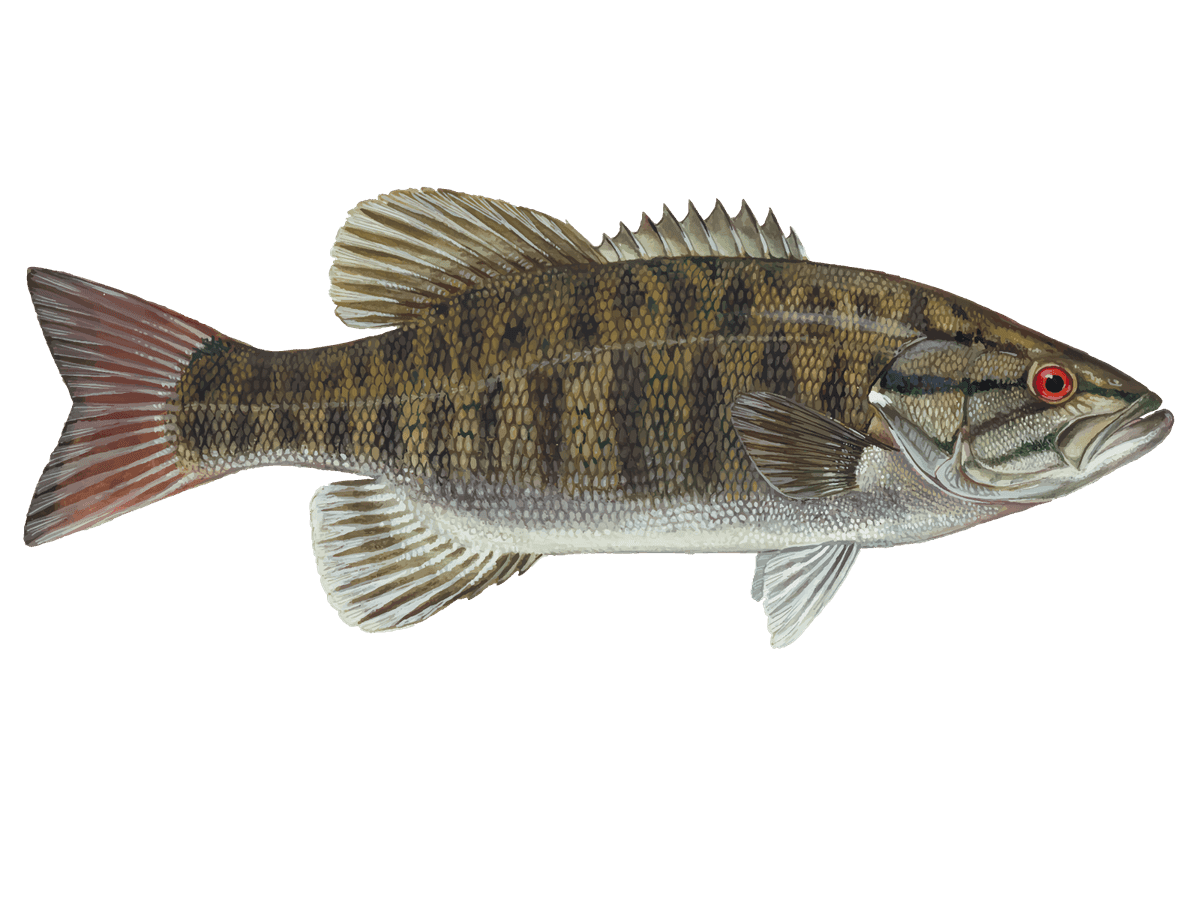Wisconsin River Fishing: 4-Hour Guided Charter
- Published Date: July 17, 2025
- Fishing
- Mosinee, WI
- $375 - $475 price range
- Updated Date: October 18, 2025
Summary
%2F%2Fusers%2Feb3eadc3-e1c3-40fc-b7c7-c2a37ba602c1%2Fratecard%2F462174831_874791568050069_6815636232635530614_n.jpg&w=1200&q=75)
River Fishing Action
Half Day Wisconsin River Fishing Adventure
Ready to wet a line on one of Wisconsin's most iconic waterways? Join Captain Cody Sirny for a 4-hour guided fishing trip on the mighty Wisconsin River. Whether you're a seasoned angler or just starting out, this half-day charter is the perfect way to experience the diverse fishery that makes the Wisconsin River a top-rated destination for anglers across the Midwest.
Trip Overview
Picture yourself cruising the scenic Wisconsin River, rod in hand, as you target some of the state's most prized game fish. Captain Cody's expert knowledge of the river's hotspots means you'll be in prime position to hook into walleye, smallmouth bass, northern pike, yellow perch, and even the elusive muskie. This 4-hour trip is designed to give you a taste of what the Wisconsin River has to offer without taking up your entire day. It's perfect for families, beginners, or anyone looking to squeeze in some quality fishing time. Captain Cody provides all the gear you need, so just bring your sense of adventure (and don't forget that Wisconsin fishing license!).
What to Expect on the Water
When you step aboard Captain Cody's boat, you're in for a hands-on fishing experience tailored to your skill level. If you're new to fishing, don't sweat it – Cody's patient guidance will have you casting like a pro in no time. For more experienced anglers, Cody's deep knowledge of seasonal patterns and fish behavior means you'll likely pick up some new tricks to add to your repertoire. Depending on the time of year and what's biting, you might find yourself jigging for walleye in deep pools, tossing topwater lures for aggressive smallmouth, or trolling for trophy pike and muskies. The Wisconsin River's diverse habitat means there's always action to be had, no matter the season.
Top Catches This Season
The Wisconsin River is known for its year-round fishing opportunities, but each season brings its own highlights. In spring, you might target pre-spawn walleye as they stack up in current breaks. Summer is prime time for smallmouth bass action, with these bronze bombers smashing topwater lures in the shallows. Fall brings the opportunity for trophy muskies and pike as they feed aggressively before winter. Even in the colder months, the fishing doesn't stop – ice fishing for perch and walleye is a beloved Wisconsin tradition. Captain Cody stays on top of these seasonal patterns, ensuring you're always fishing the most productive techniques for the time of year.
Why Anglers Keep Coming Back
"We caught a wide variety of fish. Cody put me in an area to catch my first muskie which was 45 inches. If you want to catch fish and have a great time on the water call Cody." - Rob
"Capt. Cody is a knowledgeable and dedicated guide. I spent 2 full days on the water with Cody and he did everything he could to keep us on fish. He has all the right equipment. Highly recommend!" - Alan
"I always learn a lot fishing with Cody. And today we had some luck!" - John
Species You'll Want to Hook
Walleye: The Wisconsin River is renowned for its walleye fishing, and for good reason. These golden-eyed predators are prized for both their fighting ability and their delicious fillets. Walleye tend to hang out in deeper, current-swept areas, often near structure like rock piles or submerged timber. Captain Cody's local knowledge is key to finding these sometimes finicky fish. The best walleye fishing typically happens in spring and fall, but they can be caught year-round with the right techniques.
Smallmouth Bass: Pound for pound, smallmouth bass are some of the hardest fighting fish in the river. The Wisconsin River's rocky habitat and swift current create the perfect environment for these bronze bruisers. Summer is prime time for smallmouth action, with fish often visible in clear, shallow water. There's nothing quite like the explosion of a big smallie crushing a topwater lure – it's an adrenaline rush that keeps anglers coming back year after year.
Northern Pike: These toothy predators are the perfect target for anglers looking for a hard-hitting fight. Northern pike in the Wisconsin River can grow to impressive sizes, with fish over 40 inches not uncommon. They're opportunistic feeders, often hanging out in weed beds or near drop-offs where they can ambush prey. Pike fishing is especially good in the cooler months of spring and fall when these fish are most active.
Yellow Perch: Don't let their size fool you – yellow perch are a blast to catch and make for excellent eating. These scrappy panfish travel in schools, so when you find them, the action can be fast and furious. Perch fishing is a great way to introduce kids to the sport, as they're usually eager biters and put up a good fight on light tackle. While they can be caught year-round, ice fishing for perch is a beloved winter tradition on the Wisconsin River.
Muskellunge: Known as the "fish of 10,000 casts," muskies are the apex predator of the Wisconsin River and the holy grail for many anglers. These elusive giants can grow to over 50 inches and are known for their brutal strikes and acrobatic fights. While they can be challenging to catch, the thrill of landing a big muskie is unmatched in freshwater fishing. Fall is typically the best time to target muskies, as they feed heavily before winter sets in. Captain Cody's experience with these finicky fish greatly increases your chances of hooking into the muskie of a lifetime.
Time to Book Your Spot
Whether you're looking to learn the ropes of river fishing or hoping to land that trophy catch, a half-day trip with Sirny's Guide Service on the Wisconsin River is just the ticket. Captain Cody's wealth of local knowledge, combined with top-notch equipment and a passion for putting clients on fish, makes for an unforgettable day on the water. With only two spots available per trip, you'll get the personalized attention needed to make the most of your time on the river. So why wait? The fish are biting, and Captain Cody is ready to show you the best the Wisconsin River has to offer. Book your trip today and get ready to make some lasting memories on one of Wisconsin's most beloved waterways!
Customer Reviews
Muskie Magic Moments

Rob Morrison
June 15, 2025
Fish Frenzy with Cody

Capt. Cody is a knowledgeable and dedicated guide. I spent 2 full days on the water with Cody and he did everything he could to keep us on fish. He has all the right equipment. Highly recommend!
Alan Wohlman
June 22, 2025
Lucky Lessons Afloat

I always learn a lot fishing with Cody. And today we had some luck!
John Davel
August 25, 2025
Learn more about the species
American Yellow Perch
Yellow perch are the perfect "everybody" fish in the Wisconsin River. These tasty little guys usually run 7 to 10 inches, with bigger ones hitting 12 or 14. You'll find them schooling up in weedy areas, often near drop-offs or around docks. Perch are active year-round, but spring and fall tend to be best. They're not big fighters, but they make up for it in numbers – when you find one, you've usually found a bunch. Anglers love perch for their mild, sweet-tasting fillets. They're also great for getting kids or newbies into fishing. Perch will bite on just about anything, but small jigs tipped with worms or minnows work great. Here's a local secret: if you're not having luck, downsize your bait. Sometimes tiny offerings are the ticket to a perch frenzy.

Muskellunge
Muskies are the apex predators of the Wisconsin River, and landing one is a real achievement. These "fish of 10,000 casts" can top 50 inches and 30 pounds. Look for muskies near weed edges, rocky points, and submerged structure. They're most active in cooler water, so spring and fall are prime seasons. Muskies are ambush predators, known for following lures and striking at the last second. Anglers target them for the challenge and the thrill of battling these powerful fish. You'll need heavy tackle and strong line – muskies have a mouthful of sharp teeth. Large bucktails, jerkbaits, and soft plastics are go-to lures. Here's a tip from the locals: when a muskie follows your lure, don't give up. Do a figure-eight at the boat – that sudden change in direction often triggers a strike.

Northern Pike
Northern pike are the river's ambush predators, lurking in weed beds and along drop-offs. These toothy critters can grow over 3 feet long, but most run 20 to 30 inches. Pike are aggressive feeders, striking hard at just about anything that moves. You'll find them in cooler, shallower waters in spring and fall, but they move deeper as summer heats up. Anglers love pike for their powerful runs and acrobatic jumps. They're not the most finicky eaters, so you've got a good shot at hooking one. Spring is prime pike time, but you can catch them year-round. Use heavy tackle – these fish have sharp teeth that can slice through light line. Try casting large spoons or spinners near weed edges. Here's a local tip: after a strike, keep reeling. Pike often hit the lure without getting hooked, then turn and strike again if you keep it moving.

Smallmouth Bass
Smallmouth bass are a blast to catch in the Wisconsin River. These bronzebacks usually run 12 to 20 inches and put up a great fight for their size. Look for them around rocky areas, current breaks, and submerged logs. They love cool, clear water and are most active in spring and fall. During summer, they'll often move to deeper, cooler spots. Smallmouth are known for their acrobatics – they'll jump and shake trying to throw the hook. That's why anglers get such a kick out of catching them. They're not the biggest fish in the river, but pound-for-pound, they're some of the toughest. If you're targeting smallies, try casting soft plastic tubes or crankbaits near structure. One tip: when you feel a bite, resist the urge to set the hook right away. Give it a second or two – smallmouth often strike short, then come back for a solid hit.

Walleye
Walleye are a prized catch in the Wisconsin River, typically ranging from 15 to 20 inches. These golden-olive fish with white bellies are known for their distinctive eyes, which give them an edge in low-light conditions. You'll often find walleye hanging out near rocky bottoms, drop-offs, and weed edges. They prefer cooler water, so they'll go deeper as summer heats up. Spring and fall are prime walleye seasons, but you can catch them year-round. Anglers love walleye for their tasty, flaky white meat and the challenge they present. They're not the hardest fighters, but they're crafty and can be tough to locate. If you're after walleye, try slow-trolling with live bait rigs or jigging near the bottom. One local trick: focus on the "golden hour" just before sunset when walleye are most active and feeding.

About the Sirny's Guide Service Boat
%2F%2Fusers%2Feb3eadc3-e1c3-40fc-b7c7-c2a37ba602c1%2Fboat_picture%2Fcodysboat.jpg&w=1200&q=75)
Vehicle Guest Capacity: 4
Manufacturer Name: Suzuki
Maximum Cruising Speed: 42
Number of Engines: 1
Horsepower per Engine: 150
%2Ffit-in%2F250x250%2Fusers%2Feb3eadc3-e1c3-40fc-b7c7-c2a37ba602c1%2Fimages%2F73ff4424-a428-4c74-98eb-3bf397e28f7a.jpeg&w=1200&q=100)


%2Fusers%2Feb3eadc3-e1c3-40fc-b7c7-c2a37ba602c1%2Fimages%2Fmuskellunge-caught-mosinee-2716.jpeg&w=768&q=75)
%2Fusers%2Feb3eadc3-e1c3-40fc-b7c7-c2a37ba602c1%2Fimages%2Fangler-mosinee-fishing-2564.jpeg&w=768&q=75)
%2Fusers%2Feb3eadc3-e1c3-40fc-b7c7-c2a37ba602c1%2Fimages%2Fwalleye-fish-wisconsin-3011.jpeg&w=768&q=75)
%2Fusers%2Feb3eadc3-e1c3-40fc-b7c7-c2a37ba602c1%2Fimages%2Fmosinee-fishing-adventure-2605.jpeg&w=768&q=75)
%2Fusers%2Feb3eadc3-e1c3-40fc-b7c7-c2a37ba602c1%2Fimages%2Fmosinee-fishing-adventure-2361.jpg&w=768&q=75)
%2Fusers%2Feb3eadc3-e1c3-40fc-b7c7-c2a37ba602c1%2Fimages%2Fgreat-fishing-mosinee-2381.jpg&w=768&q=75)
%2Fusers%2Feb3eadc3-e1c3-40fc-b7c7-c2a37ba602c1%2Fimages%2Fsuccessful-fishing-trip-mosinee-2708.jpg&w=768&q=75)
%2Fusers%2Feb3eadc3-e1c3-40fc-b7c7-c2a37ba602c1%2Fimages%2Fbest-great-fishing-mosinee-2481.jpg&w=768&q=75)
%2Fusers%2Feb3eadc3-e1c3-40fc-b7c7-c2a37ba602c1%2Fimages%2Fnorthern-pike-fishing-adventure-5841.png&w=768&q=75)
%2Fusers%2Feb3eadc3-e1c3-40fc-b7c7-c2a37ba602c1%2Fimages%2Fmuskellunge-caught-mosinee-2588.jpeg&w=768&q=75)

We caught a wide variety of fish. Cody put me in an area to catch my first muskie which was 45 inches. If you want to catch fish and have a great time on the water call Cody.